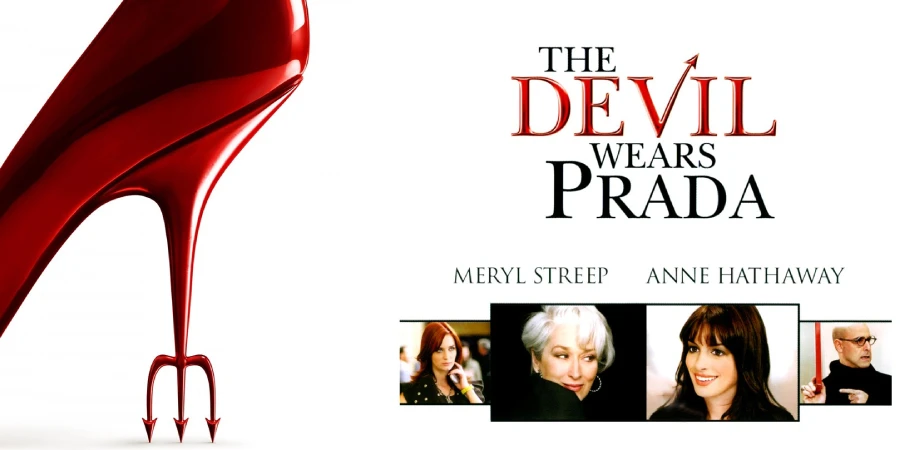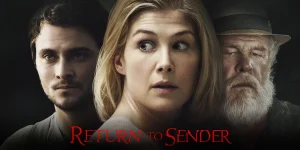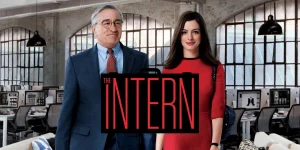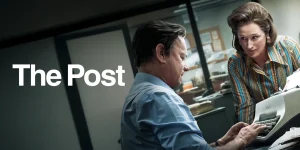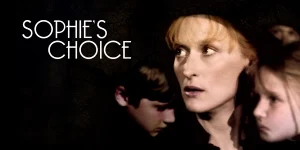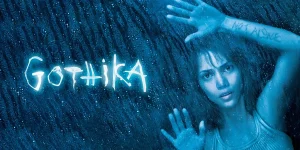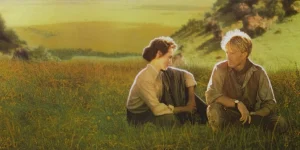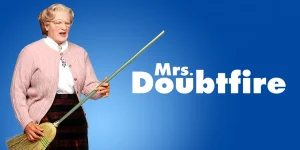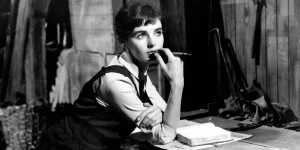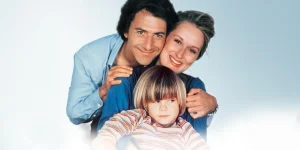The Devil Wears Prada is one of the most iconic films of the 2000s, blending comedy, drama, and fashion into a sharp story about ambition, identity, and the cost of success. Directed by David Frankel and based on Lauren Weisberger’s novel, it remains a cultural touchstone, especially in conversations about workplace dynamics and power.
Table of Contents
ToggleDetailed Summary
Andrea Sachs’ First Steps into Fashion
Andrea “Andy” Sachs (Anne Hathaway) is a fresh journalism graduate with dreams of becoming a serious writer. She lands a job at Runway magazine, a top-tier fashion publication run by the formidable Miranda Priestly (Meryl Streep). Andy has no interest in fashion, but she sees this job as a stepping stone to bigger opportunities.
Meeting Miranda Priestly
Miranda Priestly is introduced as the ultimate fashion editor: cold, commanding, and terrifying. Her approval can make or break careers, and everyone at Runway trembles in her presence. Andy quickly realizes that the job is far tougher than she expected, filled with impossible demands and humiliating challenges.
The Transformation of Andy
With the guidance of Nigel (Stanley Tucci), Runway’s art director, Andy undergoes a dramatic transformation in style and confidence. Her new wardrobe and professional growth start gaining Miranda’s approval, but it comes at the cost of her old self. Friends and her boyfriend Nate (Adrian Grenier) begin to notice she’s changing—and not in ways they like.
Rising Responsibility, Rising Pressure
Andy proves herself indispensable, handling tasks that seem impossible, like finding the unpublished Harry Potter manuscript for Miranda’s twins. She becomes Miranda’s trusted assistant, surpassing Emily (Emily Blunt), the first assistant, which creates conflict between the two.
Paris Fashion Week and Betrayal
The climax occurs in Paris, where Andy learns the harshest lesson about ambition. Miranda saves her own position by betraying Nigel, giving an important promotion to another person to secure her own power. Andy realizes that Miranda’s ruthless decisions mirror the choices she herself has been making.
Movie Ending
In Paris, Andy sees Miranda’s final masterstroke of manipulation, protecting herself at Nigel’s expense. This moment crystallizes Andy’s inner conflict: is she willing to become like Miranda to succeed? Ultimately, Andy decides she doesn’t want to sacrifice her morals, relationships, and identity for the sake of ambition.
She quits Runway—not in a loud confrontation, but quietly walking away after leaving Miranda in the car. Later, back in New York, Andy reconciles with Nate and finds a new job in journalism. When she interviews for her new position, she learns that Miranda, surprisingly, gave her a glowing recommendation. In the final moments, Andy spots Miranda across the street. Miranda pretends not to notice her but then smiles privately before driving off, a subtle sign of respect.
The ending suggests that while Andy left the fashion world behind, the experience permanently shaped her outlook on career, ambition, and integrity.
Are There Post-Credits Scenes?
No, The Devil Wears Prada does not have any post-credits scenes. Once the credits roll, the story is complete.
Type of Movie
The film is a comedy-drama with strong elements of satire and coming-of-age storytelling, set against the glamorous yet cutthroat backdrop of high fashion.
Cast
- Meryl Streep as Miranda Priestly
- Anne Hathaway as Andrea Sachs
- Emily Blunt as Emily Charlton
- Stanley Tucci as Nigel Kipling
- Adrian Grenier as Nate Cooper
- Simon Baker as Christian Thompson
Film Music and Composer
The score was composed by Theodore Shapiro. The soundtrack also features an eclectic mix of pop and fashion-friendly tracks, including Madonna’s “Vogue,” U2’s “City of Blinding Lights,” and Alanis Morissette’s “Crazy.” The music is essential in establishing the film’s chic, high-energy atmosphere.
Filming Locations
The movie was filmed in New York City and Paris. New York provides the bustling, career-driven energy of Runway, while Paris Fashion Week sequences immerse viewers in the glamorous epicenter of the fashion world. The contrast emphasizes Andy’s personal journey from outsider to insider—and then back to her true self.
Awards and Nominations
- Academy Awards: Nominated for Best Actress (Meryl Streep) and Best Costume Design.
- Golden Globes: Meryl Streep won Best Actress in a Comedy or Musical.
- Numerous nominations for costume design, acting, and overall film excellence across various awards.
Behind the Scenes Insights
- Meryl Streep initially considered turning down the role of Miranda because she didn’t feel the salary offered was fair. She negotiated for a higher one.
- Anne Hathaway was not the first choice for Andy—several bigger stars were considered, but Hathaway campaigned hard for the role.
- Emily Blunt improvised much of her snarky dialogue, making her character a standout.
- Meryl Streep stayed in character during filming, intimidating the cast and crew on purpose to maintain Miranda’s aura.
Inspirations and References
The movie is based on Lauren Weisberger’s novel of the same name, which was inspired by her real-life experience working as an assistant to Anna Wintour, the editor-in-chief of Vogue.
Alternate Endings and Deleted Scenes
There aren’t alternate endings, but some deleted scenes reveal softer sides of Miranda and more background about Andy’s relationship with Nate. Most were cut to streamline the pacing.
Book Adaptations and Differences
In the book, Miranda is portrayed as much harsher, with less nuance than in the film. The movie softened her character, making her not just a tyrant but also someone with undeniable brilliance and power. The ending also differs: in the book, Miranda doesn’t give Andy a recommendation, making her exit more bitter.
Memorable Scenes and Quotes
Key Scenes
- Miranda’s first entrance at Runway, with staff frantically preparing.
- Nigel giving Andy her fashion makeover.
- The “cerulean blue” monologue, where Miranda eviscerates Andy’s ignorance of fashion.
- Andy delivering the unpublished Harry Potter manuscript.
- Andy walking away from Miranda in Paris.
Iconic Quotes
- Miranda: “That’s all.”
- Miranda: “By all means, move at a glacial pace. You know how that thrills me.”
- Miranda: “Florals? For spring? Groundbreaking.”
- Nigel: “This is not just stuff. This is stuff that’s been selected by some of the best people in the world.”
Easter Eggs and Hidden Details
- Miranda’s appearance (white hair, sunglasses, immaculate wardrobe) is a direct nod to Anna Wintour.
- The cerulean blue speech reflects real-world debates in fashion about trickle-down trends.
- Nigel’s character was partly inspired by real-life Vogue creative director André Leon Talley.
Trivia
- The film is one of the highest-grossing comedy-dramas of the 2000s.
- Anne Hathaway donated most of her wardrobe from the film to charity auctions.
- The iconic “That’s all” line wasn’t in the script—it was a Streep invention.
Why Watch?
Because it’s not just a movie about fashion—it’s about ambition, identity, and the choices we make to climb the ladder of success. Whether you’re into couture or couldn’t care less about runways, the sharp dialogue, powerhouse performances, and career-life balance themes are universally relatable.
Director’s Other Movies
- Marley & Me (2008)
- Hope Springs (2012)
- One Chance (2013)
Recommended Films for Fans
- Julie & Julia (2009)
- Confessions of a Shopaholic (2009)
- Morning Glory (2010)
- Legally Blonde (2001)
- Working Girl (1988)

